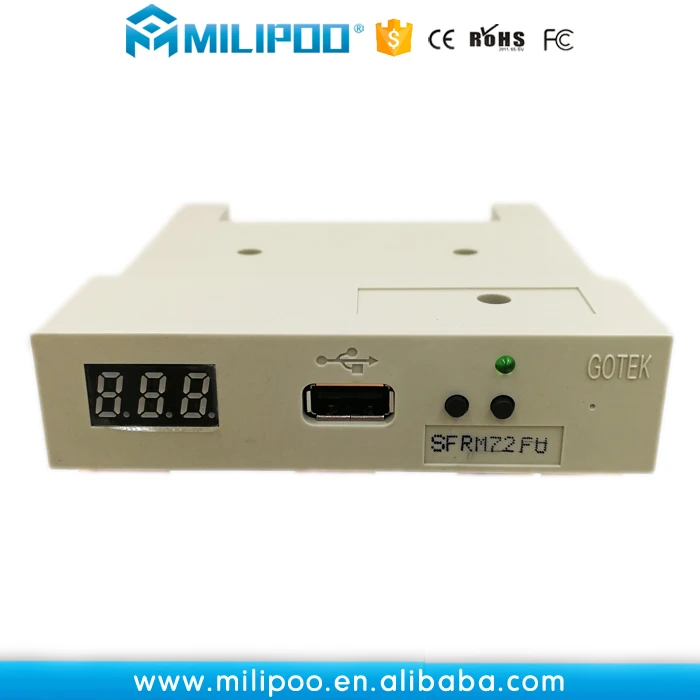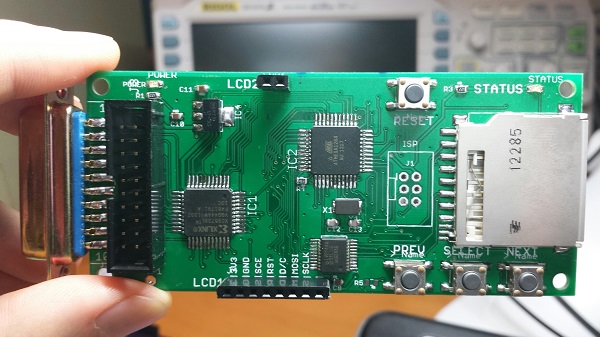
But, surprisingly, it still works because the floppy disk controller is fairly tolerant about the location of the data bit as long as the clock signal is reliable. This would be transformed into 25,000 bytes encoded for SPI transmission.īut when I looked at the actual signal I realized that each SPI byte was separated by a 1 μS gap equal to one clock cycle which slowed down the timing and made the gap between the clock and data bits less than ideal. 3,125 bytes including CRC, padding and other overhead. A single-density track using FM modulation contains approx. That meant that each bit of floppy disk data would be transmitted as a byte by the SPI hardware. Instead I tried the SPI output and set a 1 for a clock or data pulse and 0 for the gaps between pulses. I initially thought to use a 1 μS timer interrupt but quickly discarded that idea as not feasible. They look something like C_D_C_D_ where C is a clock bit and D is a data bit (which is absent for a '0'). The clock and data signals are 1 μS pulses separated by 3 μS gaps. Two main challenges were generating the raw floppy disk clock and data signals and detecting the very short 8 μS 'step' signals. The operating system was RiscOS but I think it could also work under one of the Linux distributions with a bit of work. The interface board between the Pi and the floppy disk edge connector only requires 3 ICs and some termination resistors.
FLOPPY DISK EMULATOR CREATE NEW FLOPPY FULL
The advantage being that the Pi has a full operating system, lots of memory and a lot of GPIO pins.Īfter several weeks of work I succeeded in getting my ancient TRS-80 to boot from my Raspberry Pi. Also, members of group "floppy" will now be able to write to this directory, while everyone else still has no read or write permissions ( if everyone else should have read permissions, umask must be set to 002 ).Inspired by several similar projects using Arduino and other micro-controllers, I decided to try creating a virtual floppy disk emulator using the Pi. After mounting the floppy, the group of /media/floppy will still be "floppy" ( it would be "root" if the gid option was omitted ). Now every user can mount a floppy to /media/floppy. dev/fd0 /media/floppy auto rw,user,noauto,exec,gid=floppy,umask=007 0 0 Users that are not members of the floppy group can't read or write here at all. Also, if no floppy is mounted, there are no write permissions to this location, therefore nobody can accidentally drop data in here. That way, only users in group "floppy" can access this directory. The desktop environment will adapt to this automatically. Choose a name ( and location ) of your desire. You'll only have to do this, if the folder doesn't exist yet.

Create a folder as root to mount the floppy to:.If this is not the case, edit /etc/modules and add a line that contains floppy

Make sure the floppy kernel module is loaded.To have read/write access to floppy disks one can do following steps. If you have a line like this in /etc/fstab: /dev/fd0 /media/floppy auto user,noauto 0 0 You can easily mount the floppy with the command: mount /media/floppy The standard mount point for floppies is /media/floppy.
FLOPPY DISK EMULATOR CREATE NEW FLOPPY WINDOWS
In Linux the floppy is generally /dev/ fd0 (equivalent to a: in Windows ). Translation(s): English - Français - Italiano - Português (Brasil)


 0 kommentar(er)
0 kommentar(er)
